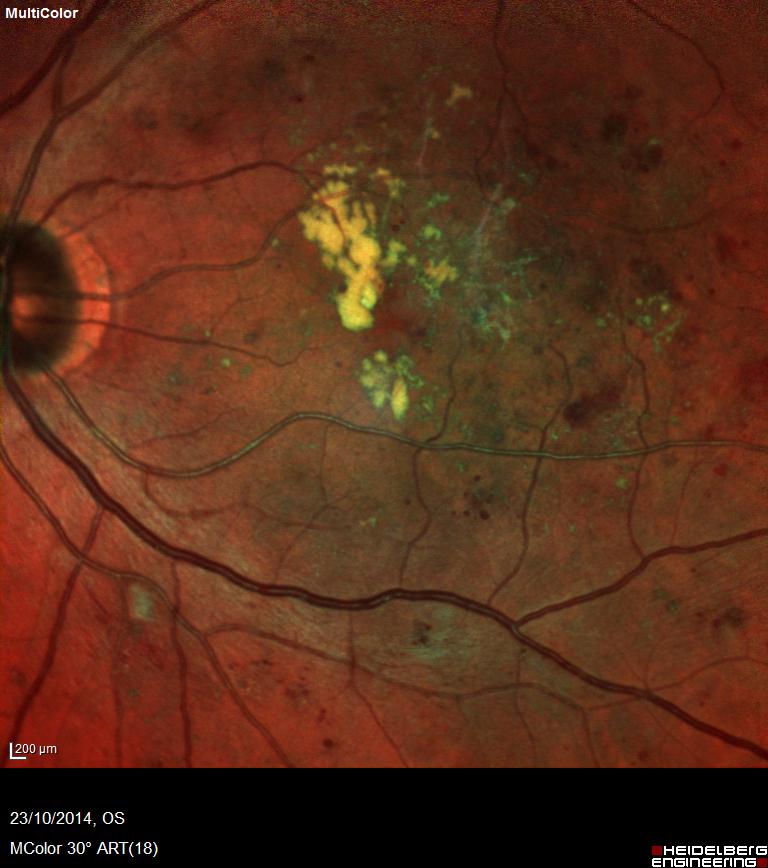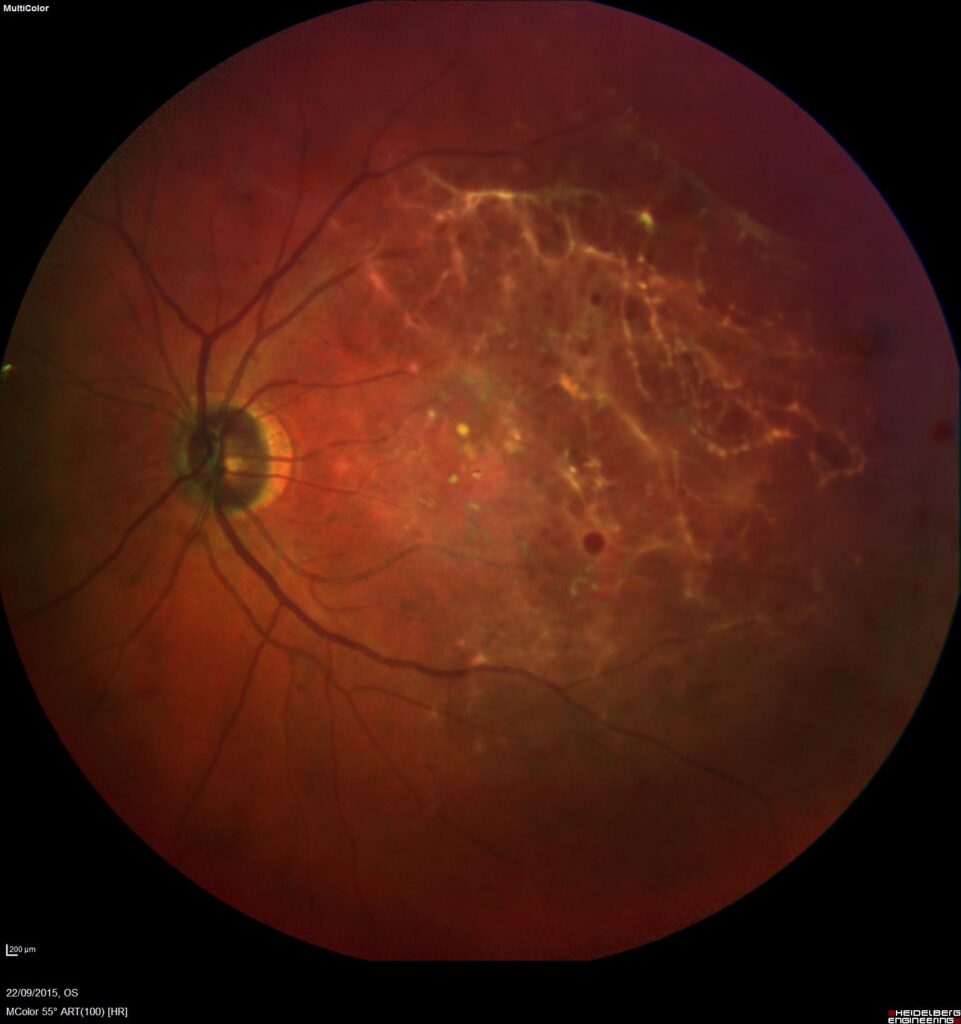Diabetes and diabetic retinopathy is a major cause of vision loss in Australia. Many people with diabetes are unaware their eyes can even be affected or result in blindness; in fact, a lot of people with diabetes may not even know they have it.
Insulin is a hormone that regulates the level of glucose (“sugar”) in the blood. It is produced in small areas within the pancreas (an organ that sits behind the stomach, near the liver). There are two main types of diabetes, and the level of insulin plays a key role in each of these:
- Type 1: also known as “juvenile diabetes”, this is an autoimmune disease where the body does not produce enough insulin
- Type 2: this is the most common form of diabetes; the body becomes “resistant” to insulin
Both type 1 and 2 diabetes can result in blindness.
The main risk factor for developing diabetic eye problems is the length of time you have had diabetes: almost everybody who has diabetes for 15 or more years will have some eye problems. But if you keep your blood sugar well controlled, this gives you the best chance of delaying the need for any treatment.
Monitoring & Testing
Monitoring is an important part of caring for your eyes: everyone with diabetes needs to have their eyes examined regularly, and this should be built into your diabetes care with your general practitioner.
How often you need your eyes checked varies according your individual circumstances: e.g. your age, where you live, and how much damage you have already.
Testing is also an important part of caring for your eyes. It also helps us to decide if and when you need treatment, and what type of treatment is best for you.
OCT (optical coherence tomography) is a non-invasive test that allows us to monitor the health of your eye very precisely
Fluorescein angiography involves injecting an inert dye into a peripheral vein and taking pictures as it travels through the eye.
B-scan ultrasound is used if we cannot see into the eye due to e.g. advanced cataract or bleeding into the eye.
Treatment
Treatment of diabetic retinopathy can involve:
- injections: these are highly effective at treating and in some cases reversing vision impairment from diabetes
- laser: there are many different types of laser, and exciting developments are occurring in this technology aimed at reducing tissue destruction and minimising reliance on injection therapy
- surgery: for severe, vision-threatening diabetic retinopathy, surgery is an excellent option.
Each year, Dr Reddie performs many operations for this severe form of diabetic eye disease.
Image 1: Lipid Fat seen in Central Macular

Image 2: Removal of Lipid Fat in Central Macular

